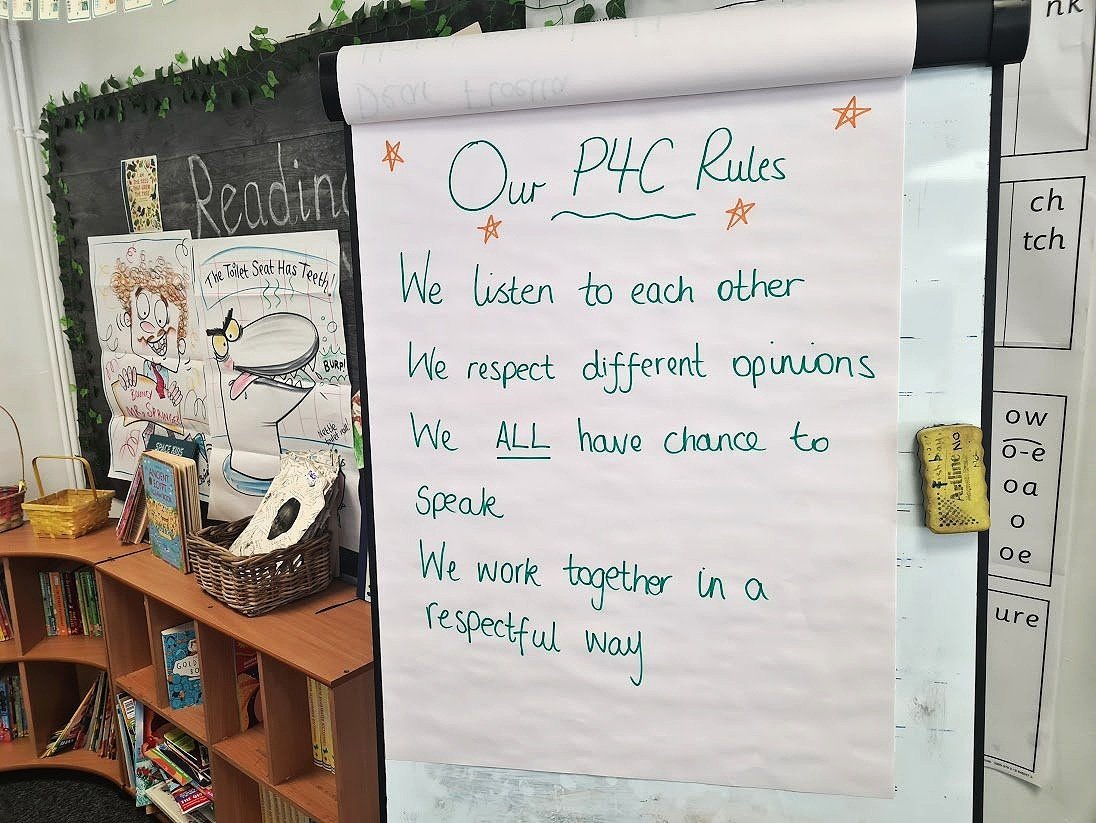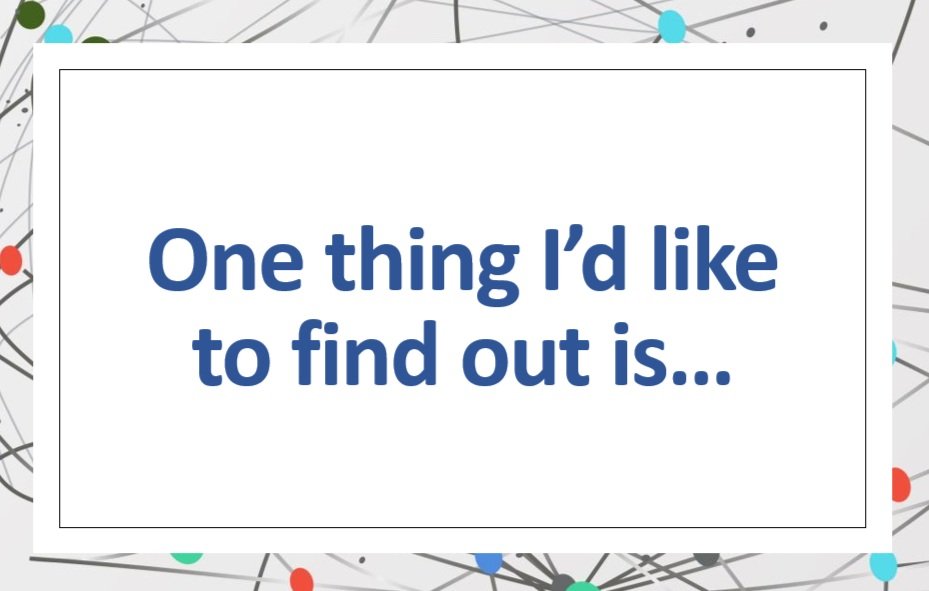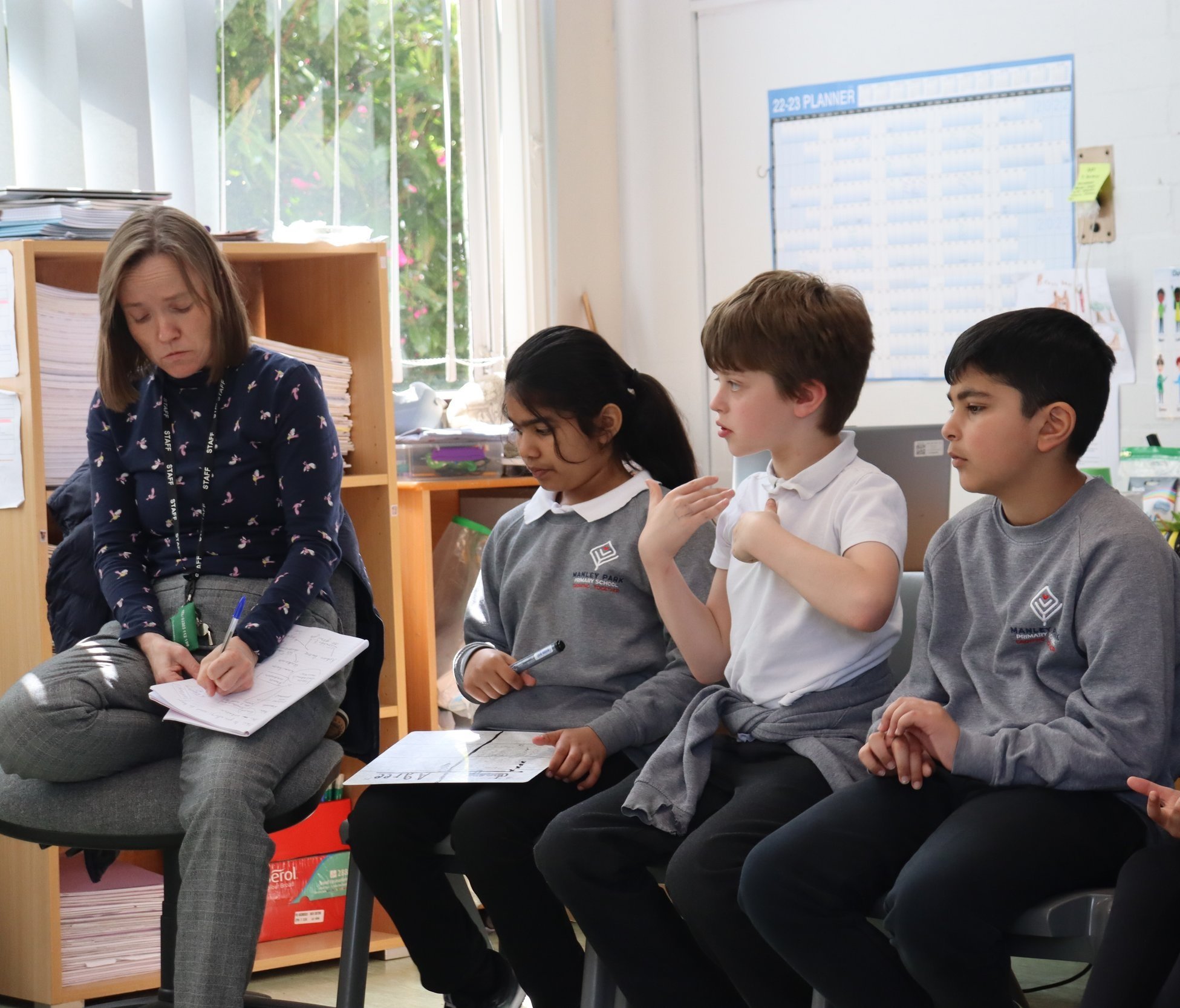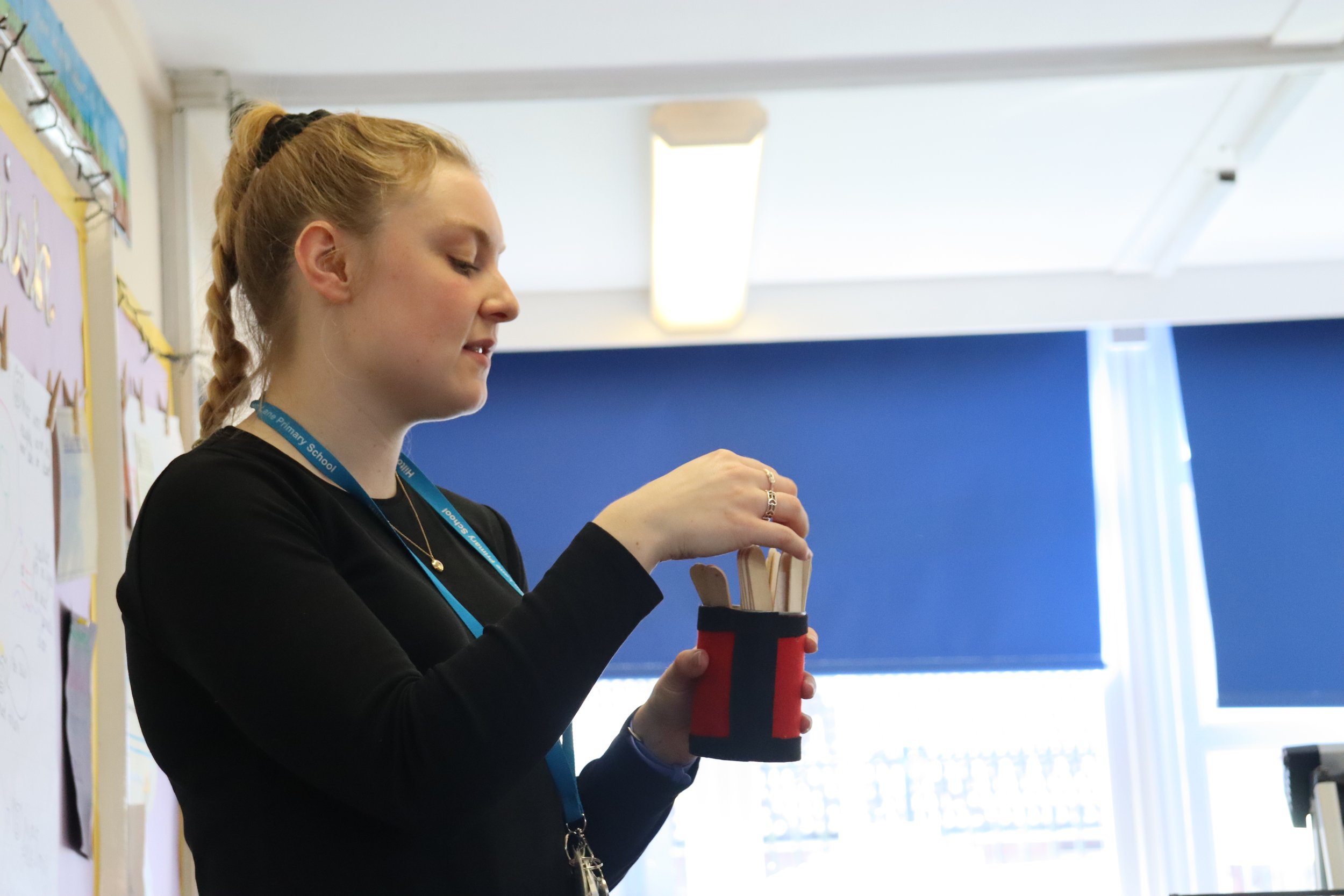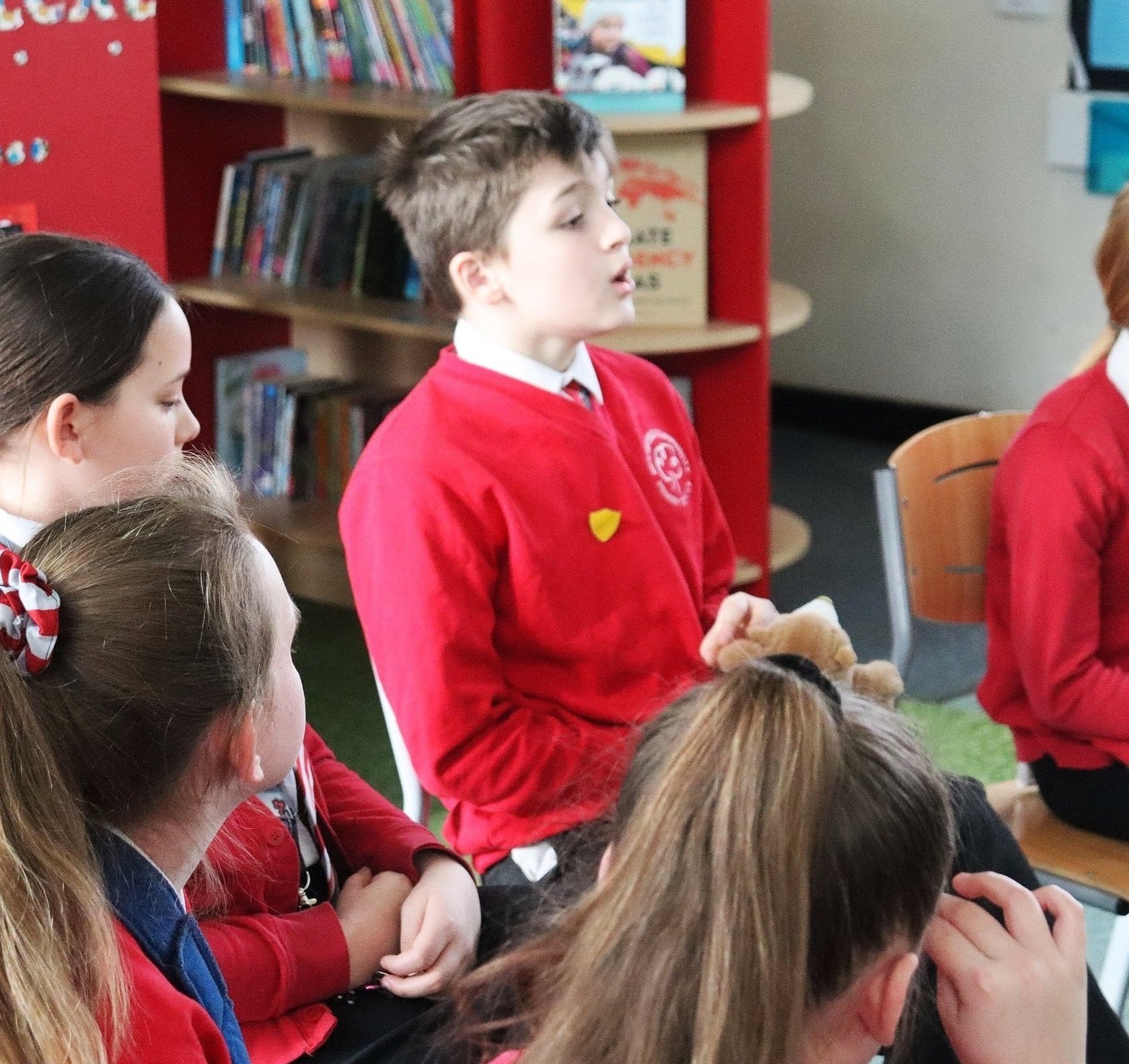High-quality pupil-to-pupil talk enhances, deepens and consolidates learning. This can be impromptu moments such as Explain to your partner what I just said or What do you think about what Hanny just said?
Talk tasks can also be planned in advance. Here are three ways to use pupil talk to enhance learning in History:
1. New facts
Let’s say you want your pupils to learn some facts about the Vikings. Instead of simply telling your pupils the facts, give them facts written out on slips of paper and ask pupils to do something with them. For example,
Pick out the three most interesting facts.
Order the facts from least interesting to most interesting.
Sort the facts into groups, and decide what the labels for each group could be.
To carry out these tasks, students will need to talk to each other – making suggestions, giving reasons, justifying, asking questions and so on.

Looking out into the fjord
2. Revisiting target vocabulary
Put target vocabulary into some thinking questions and have pupils discuss them in pairs. For example,
Would you rather use the oars on a longship, or stand at the helm looking out into the fjord?
Would you prefer to be a warrior, a seafarer or a farmer?
Would you rather be an archaeologist or a curator?
3. Revisiting facts
Create the opportunity for pupils to apply facts. This could be through P4C, or by providing talking point statements and asking pupils to discuss in trios whether they agree or disagree with them. For example,
Most Vikings were bad people.
Raiding was the Viking way to survive.
It would have been fun to be a Viking.
Viking burials were a good way to honour the dead.
Support and challenge students to include everyone in their group – everyone should be invited to speak and give reasons.
Use talking points to get students thinking and talking about a painting
A great way of revisiting prior learning by speaking to different people
Let’s start talking about the impact screen time might be having on language development
It’s great that they are motivated to speak next, but are they really listening?
How do they want to behave to become great 4C thinkers?
Deepen and consolidate learning through pupil dialogue
Show your pupils that you are trying to understand their thinking
A game to help children practise giving compliments… plus an announcement!
Pupils feel that P4C helps them with everything from relationships to confidence to staying calm
An inspiring podcast on using classroom talk in a rich and meaningful way











